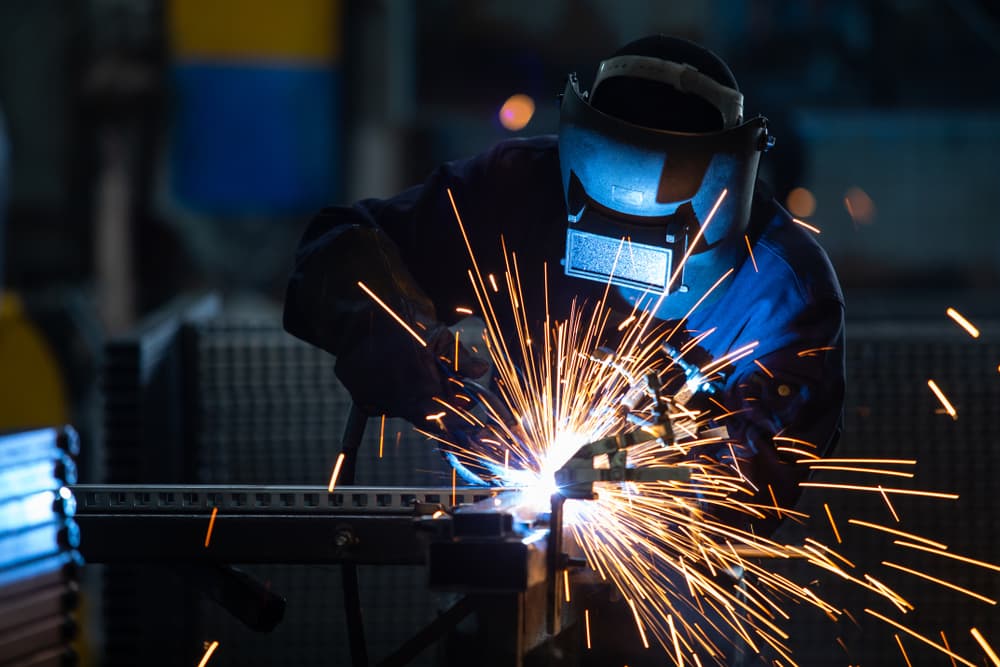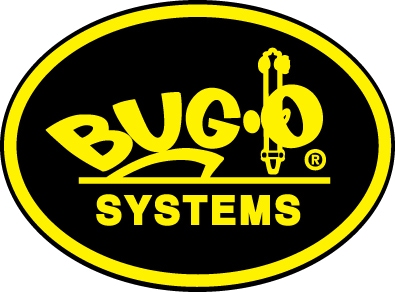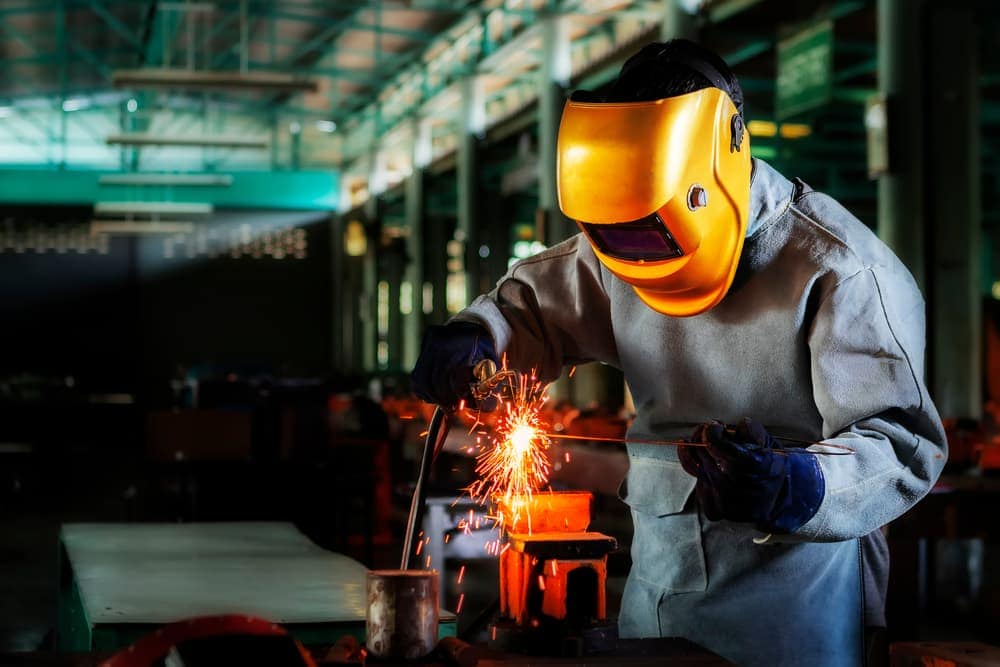Cutting and welding are two things in which safety is a must. Every decision a welder makes should be guided by safety standards that have been put in place by important organizations in the industry. Proper safety procedures in the working environment are crucial for a long and successful career.
This blog will highlight the importance of safety precautions in the work area and tips you can follow to prioritize your personal protection when in the welding area.
The Importance of Cutting and Welding Safety
Welding is a dangerous activity that exposes about half a million workers to safety and health hazards annually in the United States. Safety measures are put in place to protect workers from any accidents from happening during the welding process.
Accidents are bound to happen, but various injuries can be avoided by having workers trained on what to do and not do when working in a welding environment. Weld equipment inspections are also recommended to ensure that the necessary machinery is working properly and is not a hazard to the workers.
Workers should be aware of safety precautions before any welding activities to reduce the risk of injuries as much as possible.
Role of Welding Equipment in Safety
Safety equipment, like welding helmets or safety glasses, are crucial to welding projects and should not be overlooked by any welders. This equipment helps protect welders from extreme heat, sparks, fumes, gases, electric shock, and UV radiation that arise during the welding process.
So, wearing appropriate safety equipment plays a crucial role in welding because it keeps welders safe during the welding process.

Welding Safety Rules to Follow
Different activities involve different safety practices that depend on the complexity of the task, job site conditions, and other factors. Welders should follow basic welding safety guidelines, no matter their experience level. Here are some of the general basic guidelines they should be following:
- Welding operators should wear approved respirators unless exposure assessments are below applicable exposure limits.
- Perform inspections of welding equipment and electrode holder before starting welding.
- Welders shouldn’t touch electrode holders with skin or wet clothing.
- Wearing appropriate personal protective equipment to protect eyes and head from sparks, intense light, and chemical burns.
- Workers should remain 30 minutes after finishing work to ensure there are no smoldering fires after the job is done.
Additional Welding Safety Tips
Welders should put these safety measures and advice into practice to minimize or limit the most typical welding risks:
- Provide adequate ventilation and local exhaust to prevent fumes and gases from building up in the breathing and general zones.
- Earmuffs and earplugs add further protection to workers from noise.
- Wear fire and electricity-resistant clothing. Be aware that repeated washings will reduce the effectiveness of flame-retardant coatings. The tops of the boots must be covered by the pant legs, which cannot have cuffs. Sparks can gather in cuffs.
- Report to a supervisor to check exposure to substances of welding fumes.
Get Your Equipment from Bug-O
For the metalworking industry, cutting and welding mechanization solutions are our area of expertise at Bug-O Systems. We produce various cutting and welding power tools that outperform welding automation alternatives regarding productivity, safety, and profitability.
Contact us to discover our most popular operator-controlled industrial welding systems and cutting machines, and find the distributor that is closest to your location.


Recent Comments